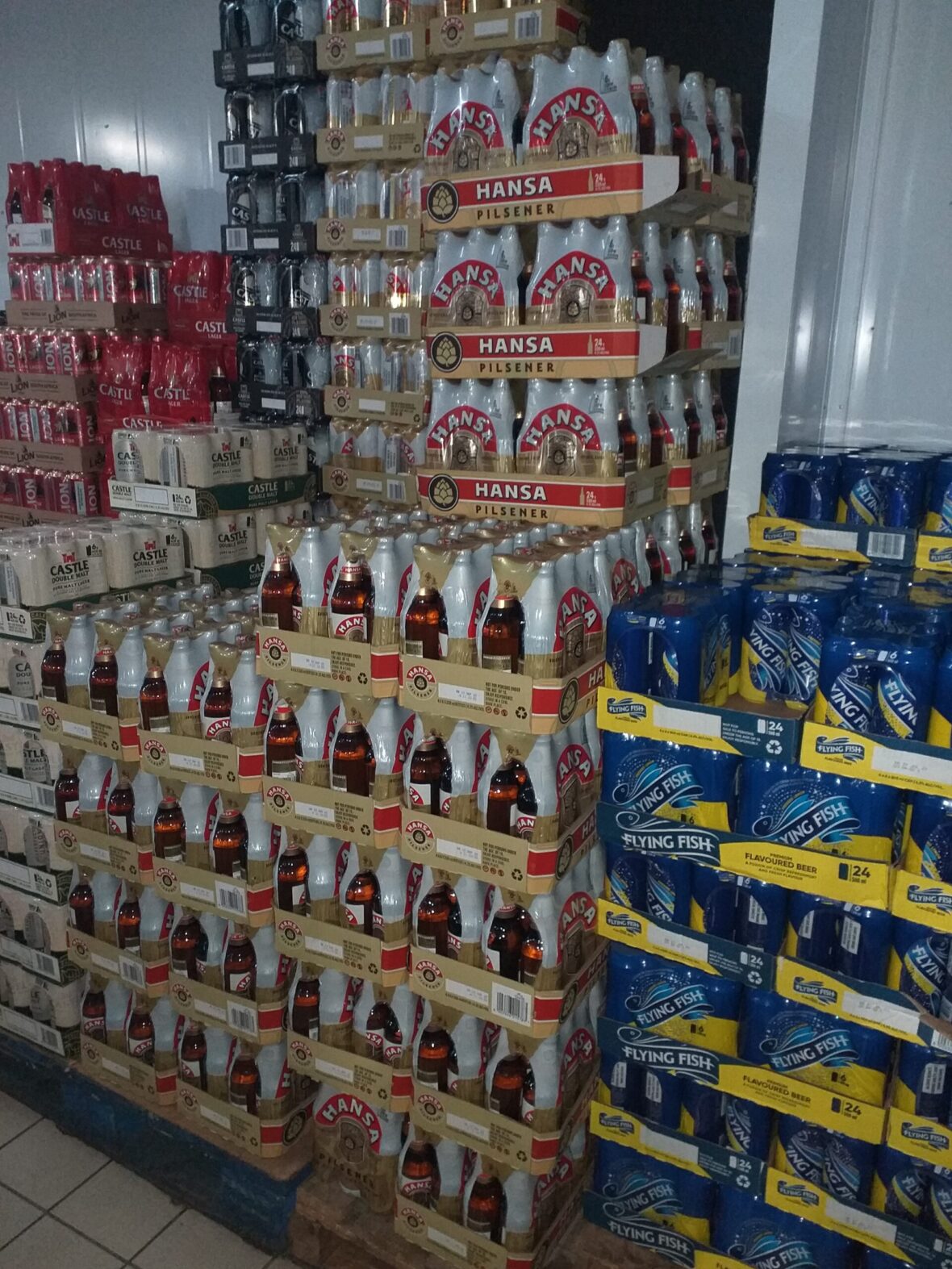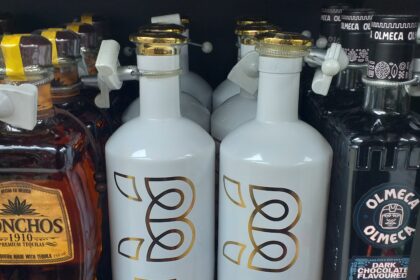Beer is an alcoholic beverage that is one of the oldest and most widely consumed drinks in the world. It is typically made through a process called brewing, which involves fermenting sugars from cereal grains, usually malted barley, with the help of yeast. The fermentation process produces alcohol and carbonation, resulting in the characteristic flavors and effervescence of beer.
Here’s a basic overview of how beer is made:
- Malting: Barley grains are soaked in water, germinated, and then dried in a kiln. This process activates enzymes in the barley that can convert the starches into fermentable sugars.
- Mashing: The malted barley is crushed and mixed with hot water in a process called mashing. This step allows the enzymes to break down the starches into sugars, creating a sweet liquid called wort.
- Boiling: The wort is boiled and hops are added. Hops are flowers that contribute bitterness, flavor, and aroma to the beer. The boiling also sterilizes the wort and helps to extract the desired flavors from the hops.
- Cooling: After boiling, the wort is rapidly cooled to a temperature suitable for fermentation.
- Fermentation: The cooled wort is transferred to a fermentation vessel, and yeast is added. Yeast consumes the sugars in the wort and produces alcohol and carbon dioxide as byproducts. This fermentation process can last from a few days to several weeks, depending on the type of beer being produced.
- Maturation: Once fermentation is complete, the beer is allowed to mature. This stage allows flavors to develop and the beer to clarify.
- Packaging: After maturation, the beer is filtered to remove any remaining solids, carbonated (if necessary), and then packaged into bottles, cans, or kegs for distribution and consumption.
There are numerous styles and variations of beer, each with its own unique characteristics, flavors, and brewing techniques. Some of the common categories of beer include lagers, ales, stouts, porters, IPAs (India Pale Ales), and more. Beer is enjoyed around the world and plays a significant role in various cultures, social gatherings, and culinary experiences.




